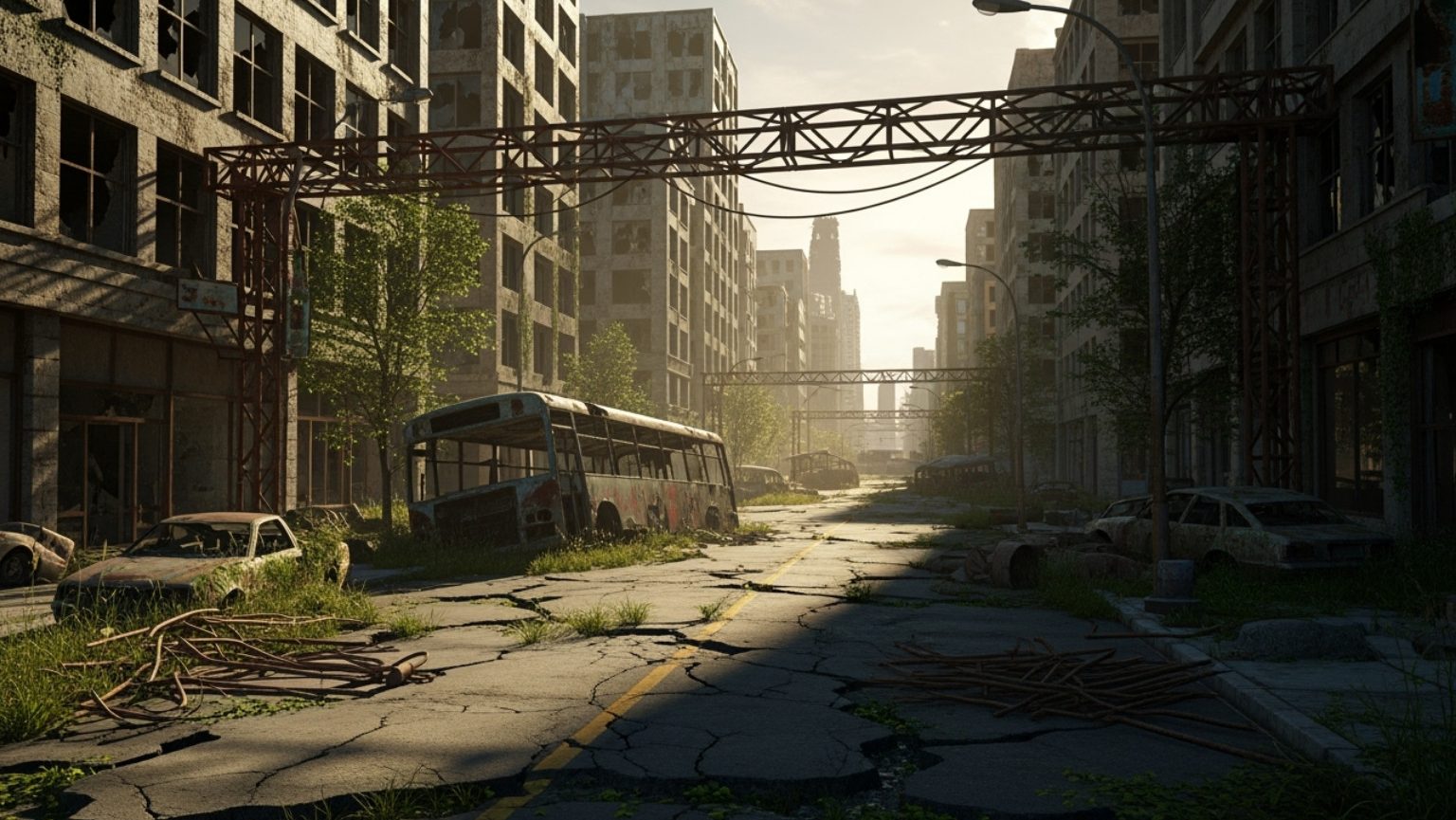
Why 28 Years Later is the Movie Event of 2025
28 Years Later has arrived to redefine post-apocalyptic cinema for a new generation. This highly anticipated third installment in the beloved franchise brings together the original creative team of Academy Award-winning director Danny Boyle and Academy Award-nominated writer Alex Garland for their first collaboration since the groundbreaking 2002 original.
Key Details About 28 Years Later:
- Release Date: June 20, 2025 (exclusively in theaters)
- Director: Danny Boyle
- Writer: Alex Garland
- Starring: Jodie Comer, Aaron Taylor-Johnson, Ralph Fiennes, Jack O’Connell, Alfie Williams
- Budget: $60 million
- Runtime: 115 minutes
- Critical Reception: 90% on Rotten Tomatoes, 76/100 on Metacritic
- Box Office: $70.7 million worldwide
- Setting: 28 years after the rage virus outbreak, survivors live in quarantine on a heavily-defended island
The film explores what happens when survivors venture from their island sanctuary to the mainland, finding that both the infected and other survivors have mutated in terrifying ways. With innovative iPhone cinematography and a haunting score, this isn’t just another zombie movie – it’s a visceral meditation on survival, humanity, and hope in the darkest of times.
As R. Couri Hay, I’ve spent decades covering major cultural events and cinematic phenomena that capture the zeitgeist. Having witnessed the original 28 Years Later franchise’s impact on both horror cinema and popular culture, I’m uniquely positioned to guide you through why this latest chapter deserves your attention.
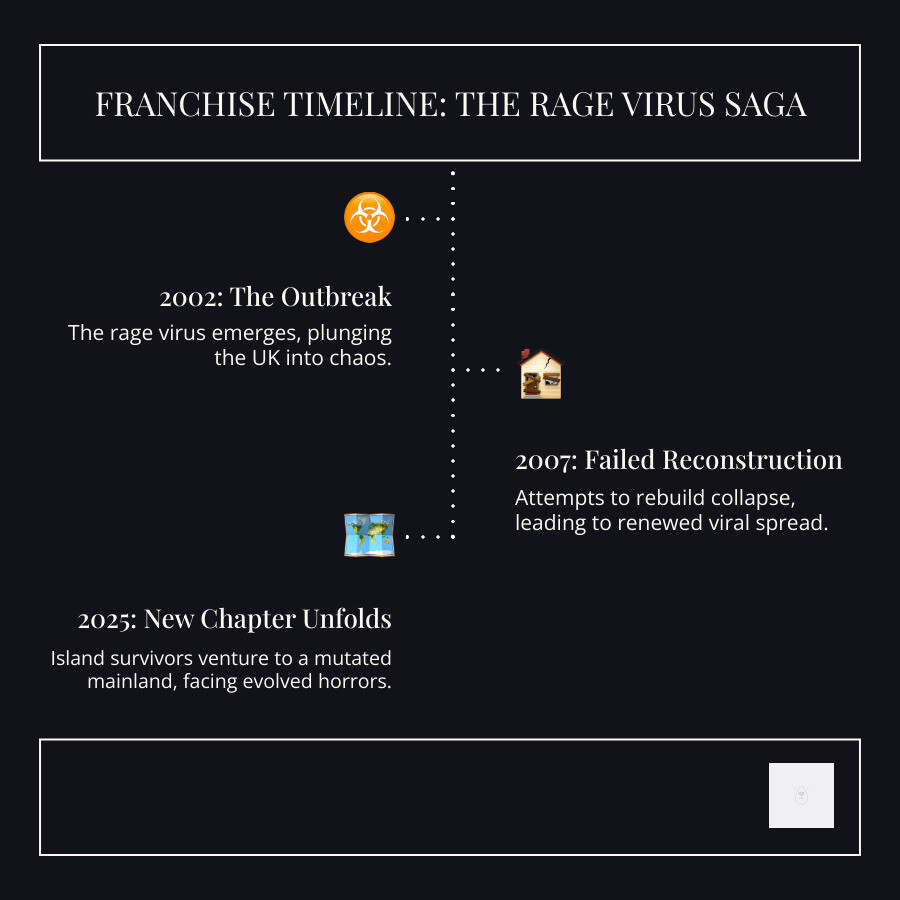
Essential 28 years later terms:
1. The Original Creative Dream Team is Back
There’s something magical about creative partnerships that shape entire genres, and 28 Years Later brings back one of cinema’s most powerful duos. After 23 years, Academy Award-winning director Danny Boyle and Academy Award-nominated writer Alex Garland have reunited to continue the story they started with the groundbreaking original.
This isn’t just any reunion – it’s a homecoming that promises to recapture the raw intensity and intelligent storytelling that made the first film a cultural phenomenon. Boyle’s kinetic energy and gift for crafting visceral, immersive experiences (think Slumdog Millionaire and Trainspotting) combined with Garland’s thought-provoking narratives and exploration of human nature’s darker corners (Ex Machina, Annihilation) creates the perfect storm for exceptional filmmaking.
What makes this collaboration even more special is how their creative legacy runs through the DNA of the entire franchise. When they created the Rage Virus universe in 2002, they weren’t just making another zombie movie – they were crafting a meditation on society, survival, and what it means to be human when everything falls apart.
The decision to bring them back ensures seamless storytelling that truly returns to the roots of what made this series special. This isn’t a cash grab or a nostalgic rehash – it’s an authentic continuation from the minds who understand this world better than anyone else.
Adding another layer of excitement, Cillian Murphy – who gave us the unforgettable Jim in the original – joins as Executive Producer. His presence behind the scenes signals a deep commitment to maintaining the integrity and vision that fans fell in love with. Having been at the heart of the first film’s emotional core, Murphy’s insights are invaluable in crafting a narrative that feels both fresh and true to its origins.
This collaborative synergy between Boyle, Garland, and Murphy represents more than just a creative team – it’s a promise that 28 Years Later will honor the franchise’s legacy while pushing it into bold new territory.
2. A Powerhouse Cast Brings New Depth to the Apocalypse
The extraordinary cast of 28 Years Later transforms what could have been just another zombie movie into something far more compelling. These talented performers bring the kind of emotional depth that makes you care about their characters’ survival in ways that will surprise you.
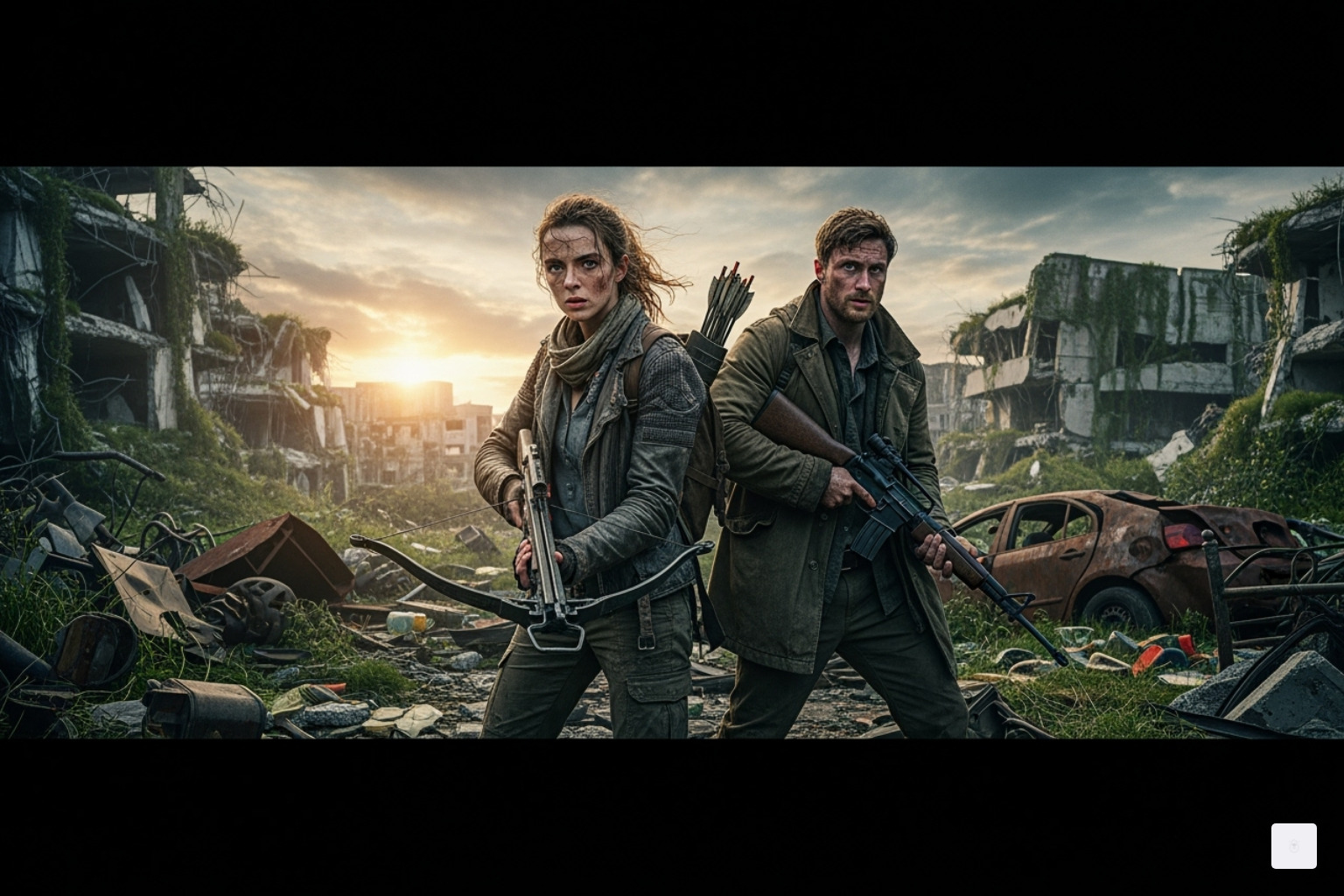
Jodie Comer leads this ensemble with the same magnetic intensity that made her unforgettable in Killing Eve. Her ability to shift from vulnerability to fierce determination in a single scene is exactly what this harsh post-apocalyptic world demands. Watching her steer the dangers of the mainland promises to be both thrilling and deeply moving.
Standing alongside her is Aaron Taylor-Johnson, whose impressive range spans from the youthful energy of Kick-Ass to the brooding complexity of Nocturnal Animals. His presence suggests a character wrestling with impossible choices – the kind of internal conflict that gives weight to every action scene and quiet moment alike.
The casting of Ralph Fiennes lifts the entire production. This legendary actor brings decades of experience from Schindler’s List to The Grand Budapest Hotel, and his character Sir Jimmy Crystal reportedly draws inspiration from real-world figures. When an actor of Fiennes’ caliber joins a horror franchise, you know the script has something special to offer beyond just scares.
Jack O’Connell and Erin Kellyman round out this formidable group, each bringing their own unique energy to the apocalypse. O’Connell’s raw authenticity from Unbroken and Skins pairs beautifully with Kellyman’s compelling screen presence, creating a cast that feels both diverse and cohesive.
What makes this casting so brilliant is how each actor specializes in finding the humanity within extreme circumstances. They’re not just running from infected – they’re exploring what it means to remain human when the world has fallen apart. This talented cast ensures that 28 Years Later will grip you emotionally long before the first infected appears on screen.
3. The Story Evolves: A New Chapter in the Rage Virus Saga
The world of 28 years later has transformed into something far more complex and terrifying than we could have imagined. Set nearly three decades after the initial outbreak, this new chapter reveals a Britain where survivors have carved out a precarious existence on a small, heavily-defended island connected to the mainland by a single causeway.
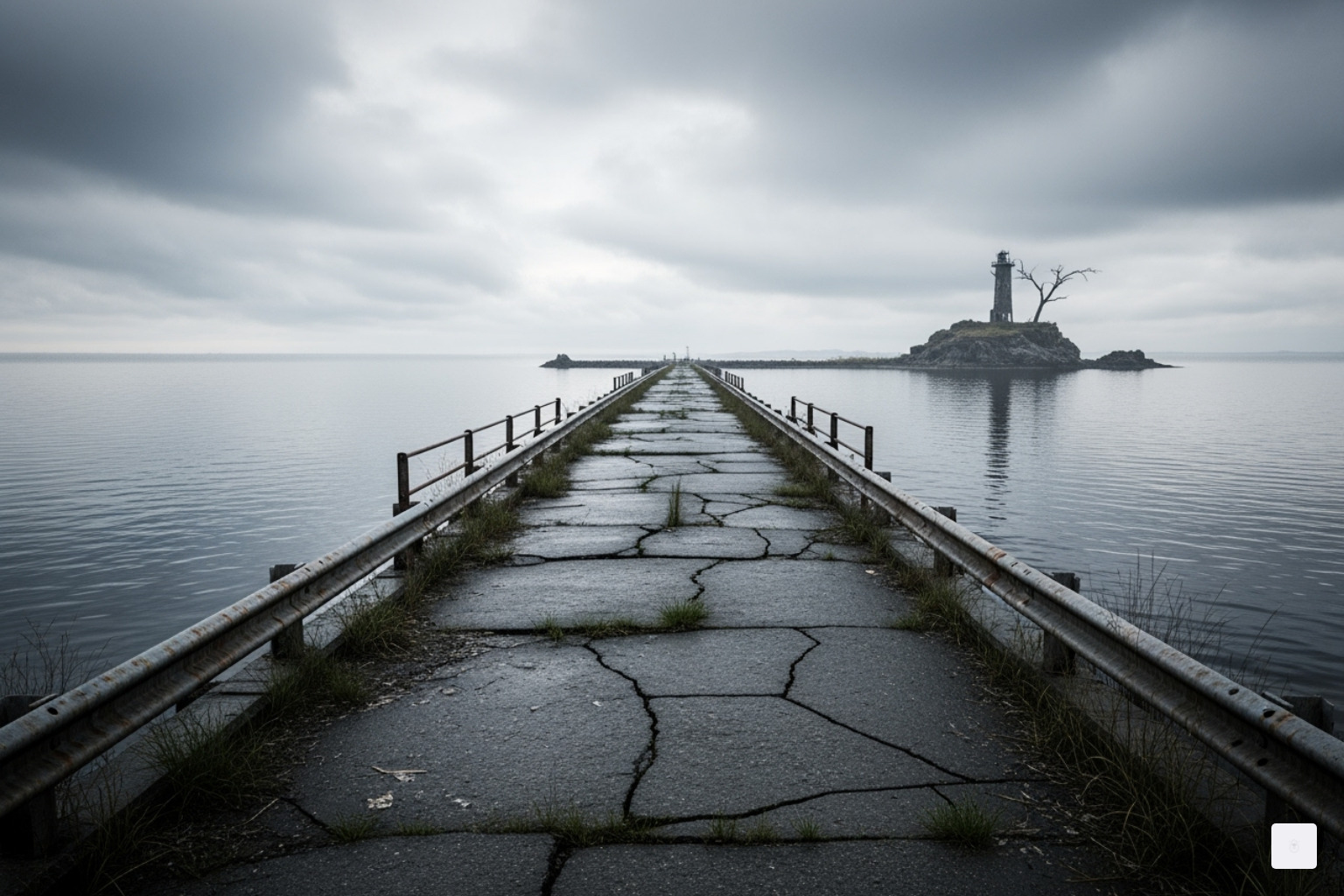
This post-apocalyptic survival story goes beyond simple zombie horror. The film explores themes of isolationism and nationalism, offering what feels like a post-Brexit, Covid-conscious take on this world. It’s a coming-of-age story wrapped in visceral terror, where the infected are no longer the only threat lurking in the shadows.
The genius of this narrative lies in its cultural commentary. The island sanctuary mirrors our own anxieties about borders, safety, and what we’ll sacrifice for security. Yet the mainland calls to these survivors, promising resources, answers, and perhaps most dangerously, hope.
What makes this installment particularly chilling is the evolution of the threat itself. The mutated infected have developed in ways that will shock even longtime fans. But perhaps more disturbing is the revelation that other survivor communities have also changed, twisted by decades of isolation and desperation into something barely recognizable as human.
What is the plot of 28 Years Later?
The heart of 28 years later follows characters venturing from their Lindisfarne community on a perilous mainland mission. This isn’t just a supply run – it’s a journey into a world that has evolved in horrifying ways.
The story centers around Jimmy, whose escape from the original outbreak was influenced by his vicar father’s belief that the virus represented the Day of Judgment. Years later, Jamie takes his son Spike to the mainland for a coming-of-age ritual, despite warnings from the community. This decision sets in motion a chain of events that will test everything they believe about survival and human nature.
The mainland holds secrets and wonders alongside its terrors. When the characters find an infected branded ‘Jimmy’ and encounter the terrifying new ‘Alpha’ infected, they realize this is a world changed forever. The evolved horrors they face aren’t just physical – they’re psychological and moral challenges that force them to confront what they’re willing to become to survive.
Isla’s secret return to the mainland with Spike to seek treatment from Dr. Ian Kelson adds another layer of desperation to the narrative. The Swedish soldier Erik Sundqvist’s harrowing encounter with the Alphas, leaving him as the sole survivor of his unit, demonstrates just how deadly this new world has become.
Perhaps most haunting is Dr. Kelson’s sanctuary – a temple constructed from sterilized bones that serves as a chilling memento mori. It’s a stark reminder that in this world, the line between civilization and savagery has been completely erased.
4. Groundbreaking Cinematography Redefines Horror
The visual storytelling in 28 Years Later represents nothing short of a revolution in horror cinematography. Danny Boyle and his team have crafted something truly special that will change how we experience terror on the big screen.
In a move that perfectly captures the raw, intimate feel of the original 28 Days Later, much of 28 Years Later was filmed using an iPhone 15 Pro Max. This isn’t just a clever marketing stunt – it’s a brilliant artistic choice that creates an immersive experience unlike anything you’ve seen before.
The digital grit achieved through this innovative filming technique makes every moment feel viscerally real. When characters are running for their lives or facing down mutated horrors, you’re right there with them. The iPhone’s ability to capture footage at 4K resolution up to 60 frames per second means every terrifying detail is crystal clear, even during the most chaotic action sequences.
What makes this approach even more fascinating is how it blurs the line between observer and participant. Some actors actually performed their own camera work, creating an authentic handheld feel that traditional film crews couldn’t achieve. This technique transforms viewers from passive watchers into active participants in the nightmare.
The film’s striking visual style is further improved by its unique 2.76:1 aspect ratio, similar to Ultra Panavision 70. This ultra-wide frame isn’t just for show – it serves a crucial storytelling purpose. The expansive view emphasizes the vulnerability of our survivors against the vast, dangerous landscape while creating an unsettling sense of exposure to lurking threats.
Perhaps most impressively, the production team built a custom circular rig equipped with 8-20 iPhone cameras. This setup enables stunning “bullet time” effects and multi-angle filming that creates truly dynamic action sequences. The result is a modern technology approach that captures both intensity and realism in ways that traditional horror films simply can’t match.
This commitment to pushing cinematic boundaries ensures that 28 Years Later delivers more than just scares – it offers a completely fresh way to experience post-apocalyptic horror that will leave you breathless.
5. It’s a Certified Critical and Commercial Hit
The buzz around 28 Years Later has translated into something truly spectacular: a film that’s winning over both critics and audiences worldwide. With its $60 million budget, the movie has already earned an impressive $70.7 million globally, proving that thoughtful horror can still pack a serious punch at the box office.
The opening weekend numbers tell an exciting story. The film brought in a solid $30 million in the US and Canada alone, with Thursday night previews contributing $5.8 million to that total. For a horror sequel arriving decades after its predecessor, these figures demonstrate genuine audience hunger for quality storytelling in the genre.
What’s even more impressive is how critics have acceptd the film. 28 Years Later boasts a stunning 90% fresh rating on Rotten Tomatoes from 296 professional reviews – a score that places it among the year’s most acclaimed films. Metacritic’s weighted average of 76 out of 100 from 52 critics signals “generally favorable” reviews, showing that this isn’t just crowd-pleasing entertainment but genuinely sophisticated filmmaking.
| Film | Budget (approx.) | Worldwide Gross (approx.) | Rotten Tomatoes Score | Metacritic Score |
|---|---|---|---|---|
| 28 Days Later | $8 million | $85.7 million | 87% | 73/100 |
| 28 Weeks Later | $15 million | $64.2 million | 72% | 53/100 |
| 28 Years Later | $60 million | $70.7 million | 90% | 76/100 |
Note: Data for *28 Days Later and 28 Weeks Later are widely cited public domain figures.*
The audience response has been equally encouraging. CinemaScore gave the film a solid “B” grade, while PostTrak surveys show that 52% of viewers would “definitely recommend” it to others. This combination of critical praise and word-of-mouth enthusiasm suggests 28 Years Later has that rare quality of appealing to both film scholars and weekend moviegoers.
How has 28 Years Later been received by critics?
The critical reception for 28 Years Later reads like a love letter to Danny Boyle and Alex Garland’s return to form. The praise has been both widespread and deeply enthusiastic, with many reviewers celebrating the film’s unique blend of visceral horror and emotional sophistication.
One prominent critic awarded a perfect 5/5 stars, calling it “Disemb-owell and Pressburger” and proclaiming it Boyle’s finest work since Slumdog Millionaire. Another matched that enthusiasm with their own 5/5 review, praising Garland and Boyle for “taking such big swings and having the flair and confidence to pull them off.”
The film’s contemporary relevance hasn’t gone unnoticed. One review noted how the movie “makes the most of casting a jaundiced, bloodshot eye at our current moment,” while another described it as “a post-Brexit, Covid-conscious take on this world.” Though the latter critic felt the film was occasionally “bonked on the head by the metaphor hammer,” they recognized its ambitious scope.
Critics have consistently praised the film as a “haunting and visceral thrill ride” that manages to tap into contemporary anxieties with genuine urgency. The emotional depth brought to life by its talented cast has been highlighted as a particular strength, even as some reviewers noted it might disappoint fans seeking the original’s raw, unfiltered horror approach.
Not every critic was won over – a few dissenting voices called it a “stinker” or gave it a D grade, citing an “uneven mix of horror movie gnarliness and human melancholia.” However, these negative reviews represent a clear minority in what has otherwise been a critical triumph for the 28 Years Later team.
6. The Future is Here: Why 28 Years Later is Just the Beginning
The thrills of 28 Years Later are just the opening act of something much bigger. Danny Boyle and Alex Garland haven’t just crafted a standalone sequel – they’ve architected an entire planned trilogy that will expand this terrifying universe in ways we’ve never seen before.
What makes this even more exciting is the back-to-back filming approach the team employed. While audiences are experiencing 28 Years Later for the first time, the creative team was already deep into production on its direct sequel, tentatively titled 28 Years Later: The Bone Temple. This ambitious filming strategy means we won’t have to wait years between installments, and it ensures a seamless narrative flow that maintains the same cast chemistry and visual consistency.
This strategic vision for the future represents a significant franchise expansion beyond the original two-film structure. By committing to a full trilogy from the outset, Boyle and Garland have given themselves the creative space to fully explore the long-term consequences of the Rage Virus outbreak. We’ll see how the mutations of both infected and survivors continue to evolve, and dive deeper into the broader societal implications that 28 Years Later only begins to hint at.
The decision to shoot back-to-back also demonstrates the filmmakers’ confidence in their story and their commitment to delivering exciting new chapters without lengthy production delays. It’s a bold move that shows they’re not just thinking about one successful film – they’re building a comprehensive saga that will keep horror fans engaged for years to come.
This isn’t just another sequel cash grab. It’s a carefully planned expansion of one of horror’s most beloved universes, promising rich character development and an evolving narrative that will challenge everything we thought we knew about survival in the post-Rage world.
7. A Viral Sensation Before It Even Premiered
Before 28 Years Later even reached theaters, it had already captured the world’s attention in a way that few films manage to achieve. The anticipation was palpable, and when the official trailer dropped, it didn’t just meet expectations—it shattered them completely.
The numbers tell an incredible story. Within just 48 hours of its release, the trailer had racked up over 10 million views, catapulting it straight to the #1 trending spot on YouTube. This wasn’t just impressive—it was a cultural phenomenon in the making. Fans who had been waiting years for a new chapter in the franchise finally had something tangible to sink their teeth into.
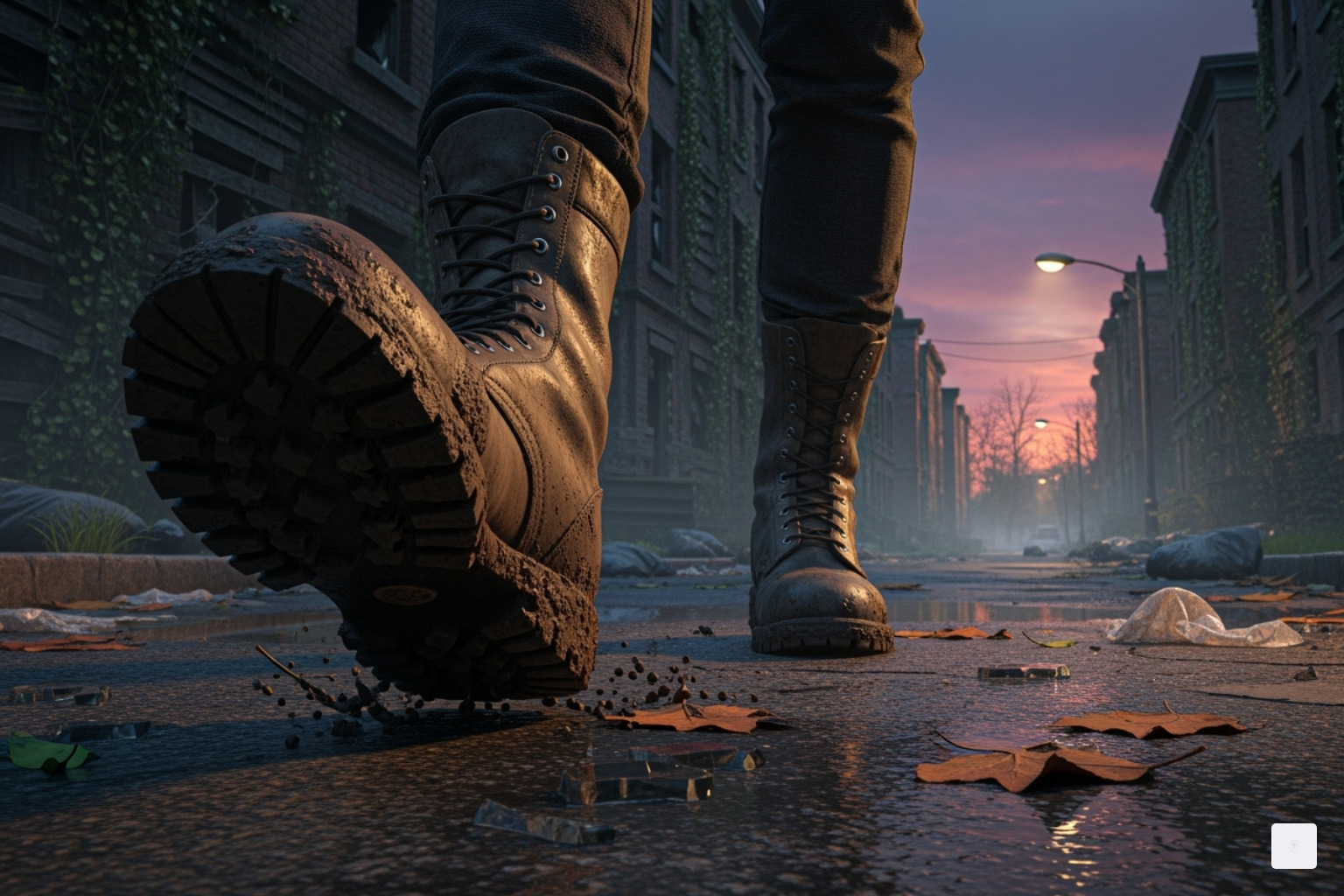
What made this trailer truly special wasn’t just the stunning visuals or the return of beloved filmmakers—it was the unique soundtrack that caught everyone off guard. The creative team made the bold choice to feature a 1915 recording of Rudyard Kipling’s haunting poem ‘Boots’. This wasn’t your typical horror movie trailer music, and that’s exactly what made it so memorable.
The poem’s rhythmic, almost hypnotic quality created an atmosphere that was both deeply unsettling and strangely beautiful. Lines like “All I hear is ‘boots boots boots’ in my dreams at night” became an eerie earworm that viewers couldn’t shake. Social media exploded with fans discussing how the poem had gotten stuck in their heads, creating exactly the kind of viral moment that publicists dream about.
This wasn’t just fleeting internet fame—the trailer’s success had real-world impact. The overwhelming positive reception and massive demand it generated prompted Sony Pictures to re-release the original 28 Days Later on digital platforms. Suddenly, both longtime fans and newcomers could revisit where it all began, creating a perfect storm of nostalgia and fresh excitement.
The social media buzz was unlike anything we’d seen for a horror film in years. Fans worldwide were sharing, discussing, and dissecting every frame of the trailer. The combination of that haunting soundtrack, the return of Danny Boyle and Alex Garland, and glimpses of the terrifying new world they’d created generated anticipation from fans worldwide that made 28 Years Later one of the most talked-about films of 2025 months before anyone could actually see it.
This viral success proved that great storytelling and bold creative choices still have the power to capture the cultural zeitgeist in our digital age.
Frequently Asked Questions about the Film
When is the release date for 28 Years Later?
28 Years Later hits theaters on June 20, 2025, and here’s the exciting part – it’s going to be a theatrical exclusive experience. That means no streaming, no video-on-demand, just pure big-screen terror the way Danny Boyle and Alex Garland intended it to be seen.
This major studio release strategy shows just how confident Sony Pictures is in the film’s ability to draw audiences back to cinemas. There’s something beautifully old-school about having to venture out to your local theater to witness this post-apocalyptic nightmare unfold. Mark your calendars and prepare for a communal experience that will have entire audiences jumping out of their seats together.
Do I need to watch the first two movies?
While 28 Years Later works as a standalone story that newcomers can absolutely enjoy, watching the previous films will definitely improve your experience. Think of it like joining a conversation that’s been going on for over two decades – you can still follow along, but you’ll catch more of the nuances if you know the history.
28 Days Later from 2002 introduces us to the original Rage Virus outbreak and shows how quickly civilization can crumble. 28 Weeks Later from 2007 explores what happens when authorities try to rebuild society after such devastation. Both films establish the brutal reality of this world and the psychological toll of survival.
For franchise veterans, 28 Years Later is packed with Easter eggs and subtle references that reward your dedication to the series. You’ll notice how the filmmakers have woven threads from the earlier films into this new narrative, creating a rich mix of interconnected stories. But if you’re new to the franchise, don’t worry – the film does an excellent job of establishing its world without requiring homework.
Is Cillian Murphy in the new movie?
This is probably the question fans ask most, and the answer is both yes and no. Cillian Murphy isn’t listed among the main cast members for 28 Years Later, but his involvement runs much deeper than a simple cameo appearance.
Murphy serves as an Executive Producer on the film, which means he’s been intimately involved in shaping the story and ensuring it stays true to the franchise’s DNA. Having portrayed Jim, the bicycle courier who became the heart of the original film, Murphy brings invaluable insight into what makes these stories work.
As for his character’s appearance in the film, that remains tantalizingly unclear. Given that this is the first installment of a planned trilogy, and considering Murphy’s behind-the-scenes involvement, there’s definitely potential for his future involvement in upcoming chapters. The filmmakers have been deliberately coy about any surprise appearances, so keep your eyes peeled when you’re watching – you never know what secrets this post-apocalyptic world might reveal.
Conclusion
After diving deep into every aspect of 28 Years Later, it’s clear we’re witnessing something truly special. This isn’t just another horror sequel thrown together to cash in on nostalgia. Instead, it’s a thoughtfully crafted continuation that honors the original while pushing the franchise into bold new territory.
The reunion of Danny Boyle and Alex Garland feels like a homecoming for fans who’ve waited over two decades for this creative partnership to return. Their vision, combined with Cillian Murphy’s involvement as Executive Producer, ensures that 28 Years Later maintains the authentic spirit that made the original so groundbreaking.
What strikes me most is how this film manages to be both deeply rooted in its horror origins and remarkably relevant to our current moment. The themes of isolation, survival, and human nature feel particularly resonant in our post-pandemic world. The innovative cinematography using iPhone technology creates an intimacy that makes every terrifying moment feel personal and immediate.
The stellar cast led by Jodie Comer, Aaron Taylor-Johnson, and Ralph Fiennes brings the emotional depth needed to ground the horror in genuine human experience. Their performances promise to lift 28 Years Later beyond mere scares into something that will stay with audiences long after they leave the theater.
As someone who’s covered countless cultural events and cinematic phenomena throughout my career, I recognize when something has the potential to become a true cultural phenomenon. 28 Years Later has all the ingredients: critical acclaim, commercial success, viral marketing buzz, and most importantly, a story that speaks to our deepest fears and hopes.
This film represents the kind of must-see event that defines a year in cinema. When it arrives in theaters on June 20, 2025, it will undoubtedly spark conversations, inspire think pieces, and remind us why great horror cinema can be both terrifying and profoundly moving.
Speaking of creating buzz and unforgettable moments, if you’re planning your own event that needs to capture public attention and create lasting impact, we understand what it takes to generate that kind of excitement.
Explore our expert publicity services to make your next event a sensation.

